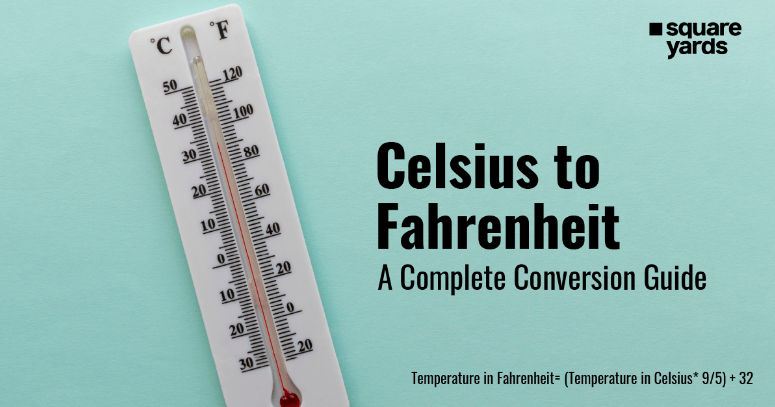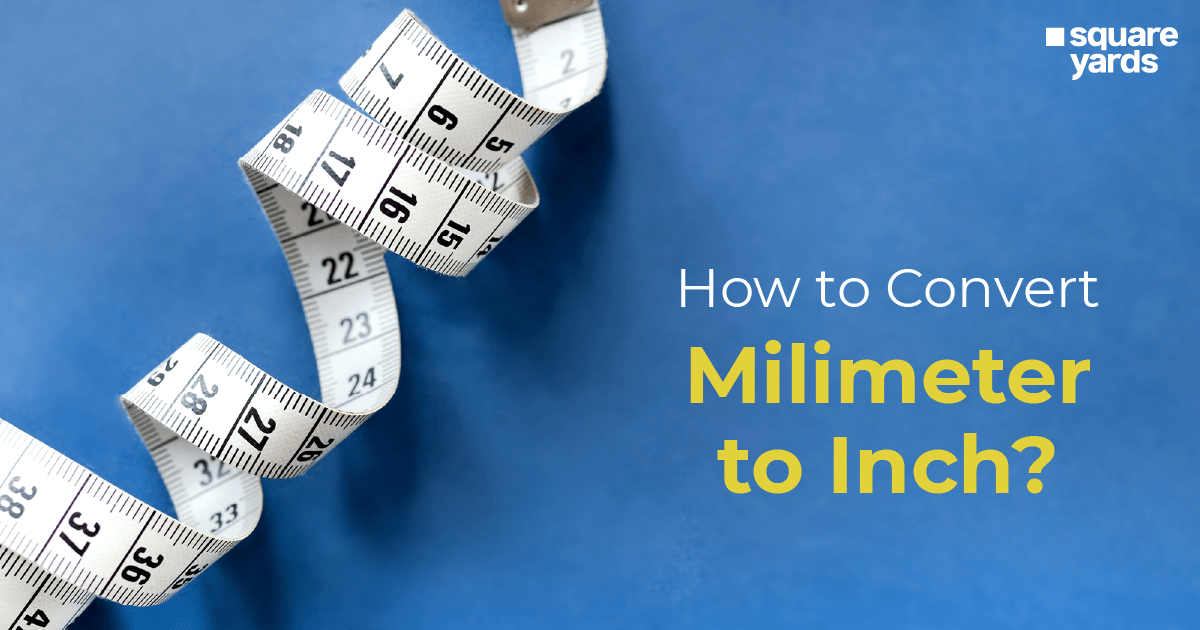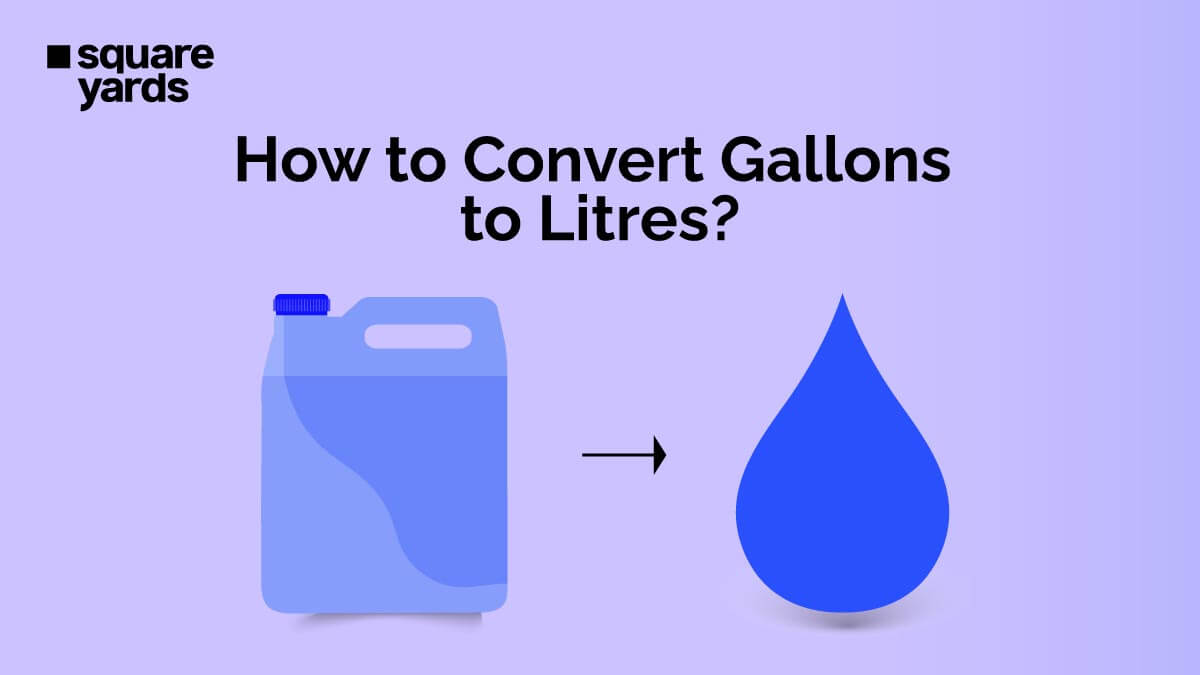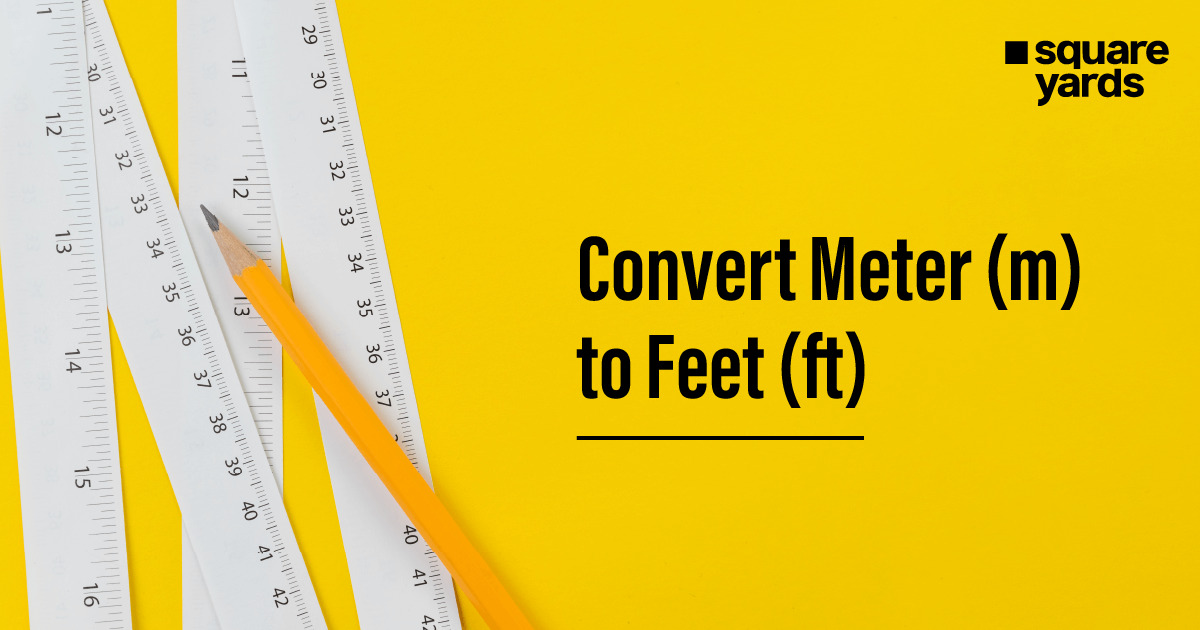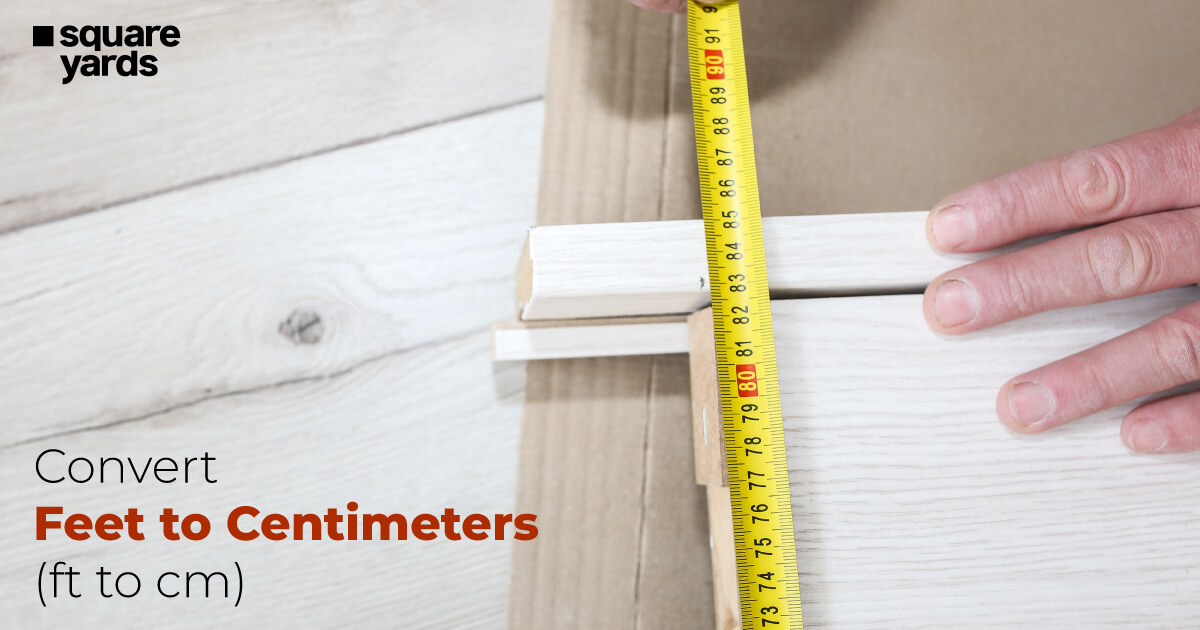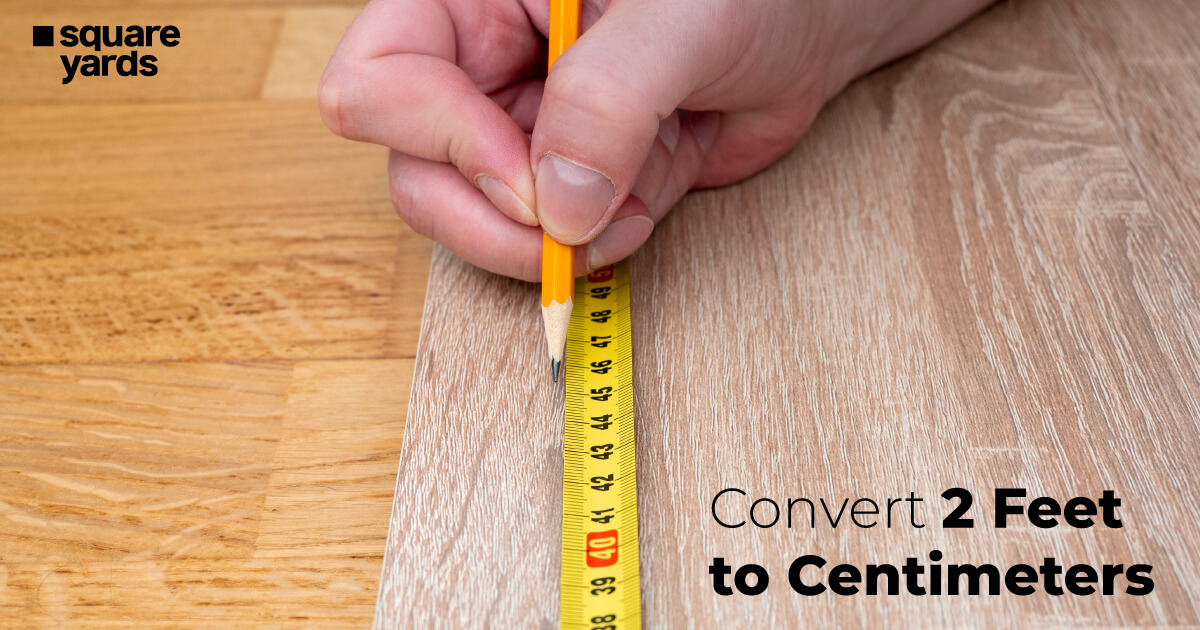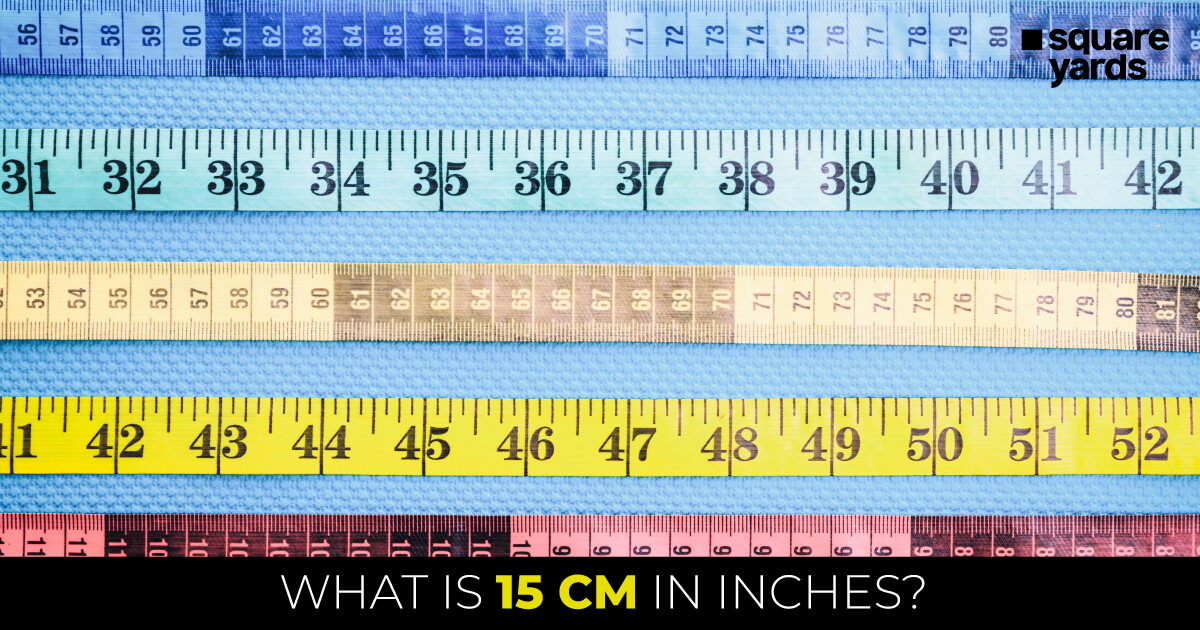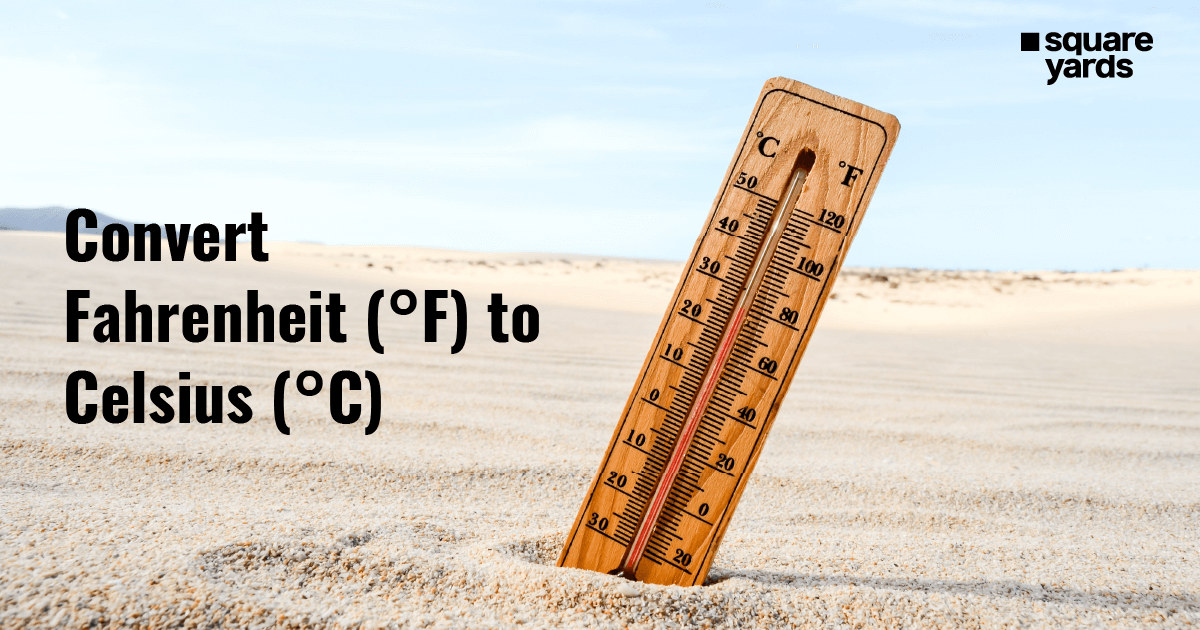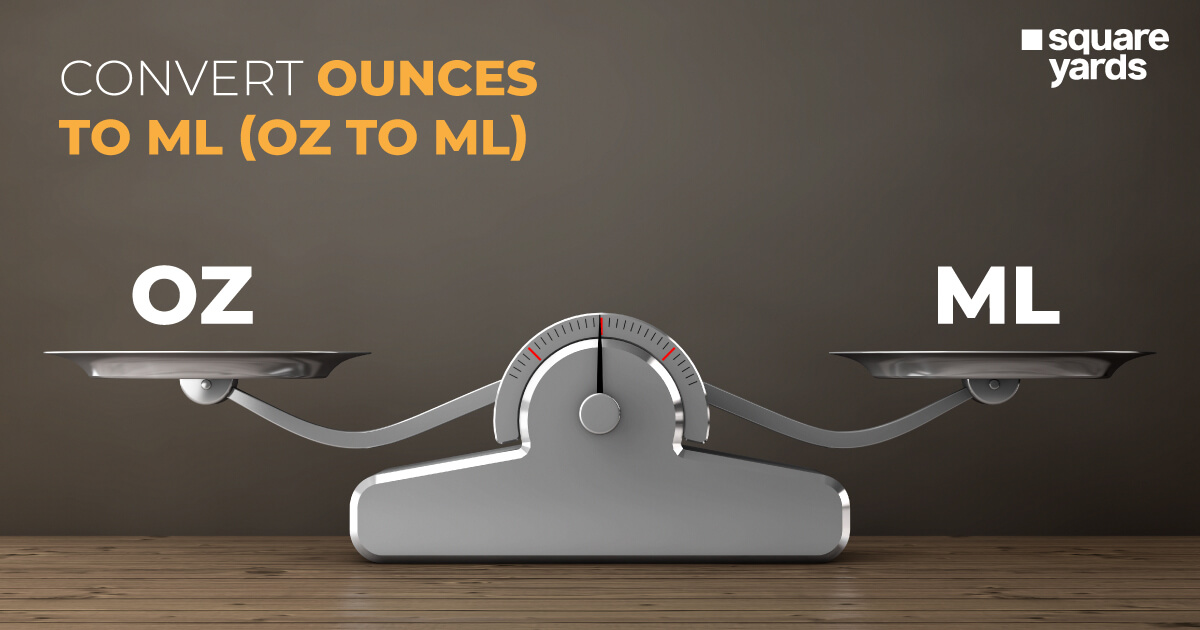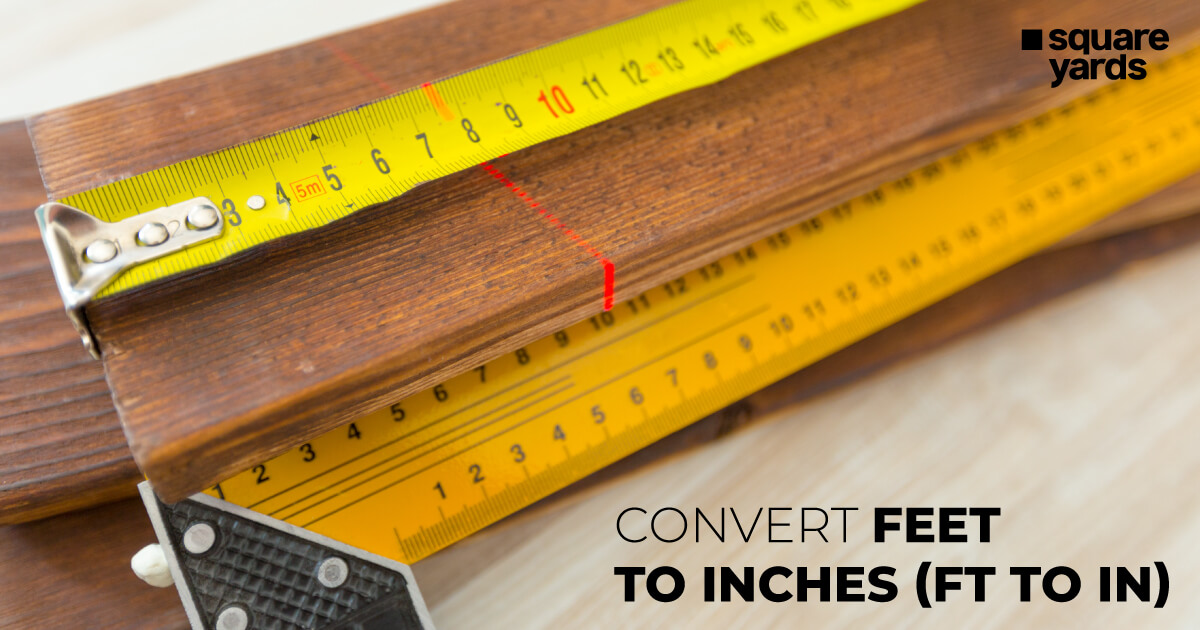Do you get confused or struggle with how to use the temperature scales and convert Celsius to Fahrenheit in Canada? Below we’ve gathered all the information from mathematical formulas to conversion tables or a quick shortcut for your convenience. Regardless of wherever you live or what system you’re accustomed to, understanding the conversion is key to working with temperature measurements. Let’s dive in and explore how quickly and accurately convert °C to °F in Canada.
How to Convert from Celsius to Fahrenheit in Canada?
Fahrenheit and Celsius are the most commonly known scales for measuring room, weather, and water temperatures. The Celsius scale is part of the metric system, or the International system of units (SI), used worldwide for reporting temperature. In contrast, the Fahrenheit scale is used officially in five countries, including the United States. Though these conversions are daunting, we are here to simplify the process through this blog to convert Celsius to Fahrenheit.
Celsius to Fahrenheit Formula & Examples
If you are wondering what the conversion formula from Celsius to Fahrenheit in Canada is, the formula and examples can assist in understanding the same.
Convert Celsius to Fahrenheit in Canada – (Temperature in °C) x 9/5 (1.8) + 32 = Temperature in °F: 0 degrees Celsius is equal to 32 degrees °F: 0 °C = 32 °F For example, let’s say the temperature outside is 15°C today, now to convert it into Fahrenheit. Here’s the math drill:
°C to °F Conversion- (15 x 1.8) + 32 = 27+ 32 = 59°F
Canadian Celsius to Fahrenheit Conversion Table
The table below shows the Celsius to Fahrenheit conversion.
| Celsius (°C) | Fahrenheit (°F) | Description |
| -273.15 °C | -459.67 °F | absolute zero temperature |
| -50 °C | -58.0 °F | |
| -40 °C | -40.0 °F | |
| -30 °C | -22.0 °F | |
| -20 °C | -4.0 °F | |
| -10 °C | 14.0 °F | |
| -9 °C | 15.8 °F | |
| -8 °C | 17.6 °F | |
| -7 °C | 19.4 °F | |
| -6 °C | 21.2 °F | |
| -5 °C | 23.0 °F | |
| -4 °C | 24.8 °F | |
| -3 °C | 26.6 °F | |
| -2 °C | 28.4 °F | |
| -1 °C | 30.2 °F | |
| 0 °C | 32.0 °F | freezing/melting point of water |
| 1 °C | 33.8 °F | |
| 2 °C | 35.6 °F | |
| 3 °C | 37.4 °F | |
| 4 °C | 39.2 °F | |
| 5 °C | 41.0 °F | |
| 6 °C | 42.8 °F | |
| 7 °C | 44.6 °F | |
| 8 °C | 46.4 °F | |
| 9 °C | 48.2 °F | |
| 10 °C | 50.0 °F | |
| 11 °C | 51.8 °F | |
| 12 °C | 53.6 °F | |
| 13 °C | 55.4 °F | |
| 14 °C | 57.2 °F | |
| 15 °C | 59.0 °F | |
| 16 °C | 60.8 °F | |
| 17 °C | 62.6 °F | |
| 18 °C | 64.4 °F | |
| 19 °C | 66.2 °F | |
| 20 °C | 68.0 °F | |
| 21 °C | 69.8 °F | room temperature |
| 22 °C | 71.6 °F | |
| 23 °C | 73.4 °F | |
| 24 °C | 75.2 °F | |
| 25 °C | 77.0 °F | |
| 26 °C | 78.8 °F | |
| 27 °C | 80.6 °F | |
| 28 °C | 82.4 °F | |
| 29 °C | 84.2 °F | |
| 30 °C | 86.0 °F | |
| 31 °C | 87.8 °F | |
| 32 °C | 89.6 °F | |
| 33 °C | 91.4 °F | |
| 34 °C | 93.2 °F | |
| 35 °C | 95.0 °F | |
| 36 °C | 96.8 °F | |
| 37 °C | 98.6 °F | average body temperature |
| 38 °C | 100.4 °F | |
| 39 °C | 102.2 °F | |
| 40 °C | 104.0 °F | |
| 50 °C | 122.0 °F | |
| 60 °C | 140.0 °F | |
| 70 °C | 158.0 °F | |
| 80 °C | 176.0 °F | |
| 90 °C | 194.0 °F | |
| 100 °C | 212.0 °F | boiling point of water |
| 200 °C | 392.0 °F | |
| 300 °C | 572.0 °F | |
| 400 °C | 752.0 °F | |
| 500 °C | 932.0 °F | |
| 600 °C | 1112.0 °F | |
| 700 °C | 1292.0 °F | |
| 800 °C | 1472.0 °F | |
| 900 °C | 1652.0 °F | |
| 1000 °C | 1832.0 °F |
What is Celsius in Canada(°C)?
Celsius, also known as the centigrade scale, is used to measure temperature. This thermometer scale is divided into 100 equal parts and employed by the International System of Units(SI), or the metric system. On the Celcius scale, 0° denotes the freezing point of water, and 100°C is the boiling point of water(sea level). There are three essential temperature scales- Celcius, Fahrenheit, and Kelvin.
History of Celsius
While you’re mastering these temperature conversions, it might be interesting to learn about their differences and how these scales came into existence. the scale, now known as the Celsius scale, was introduced in the 18th century by Swedish scientist and engineer Anders Celsius. Initially known as the centigrade, he created a temperature scale, using 0° as the boiling point of water and 100° to denote the freezing point. However, upon Celsius’s death, the French scientist Jean Pierre Cristin proposed the reverse of the Celsius thermometer scale with zero degrees as the freezing point and the boiling point of water at 100 degrees. His theory is still in use today.
Current Use of Celsius
The Celsius, thus the metric system, was developed in 18th century France. By the mid-20th century, most countries adopted the metric scale, making it an official temperature scale across the globe. Today, only selected following countries do not use this metric scale system:
-
- United States
- Bahamas
- Belize
- Cayman Islands,
- Liberia.
Modern Use of Celsius Scale
Experts define the modern Celcius scale by absolute zero and the triple point of pure water. absolute zero is the least possible temperature, i.e. 0 K, -273.15 °C, -459.67 °F.
From Kelvin to Celsius
Temperature in Celcius= Temperature in Kelvin- 273.15, 0-273.15 = -273.15
From Celsius to Fahrenheit
The temperature in Fahrenheit = 9/5 × Temperature in Celsius + 32, 1.8 x -273.15+32 = -459.67 The triple point of Pure water is 273 Kelvin, 0°C, 32°F.
What is Fahrenheit in Canada(°F)
Temperature measured in degrees Fahrenheit is a scale in which water freezes at 32° and boils at 212°. It is used as a measuring unit for determining hotness and coldness. The symbol for Fahrenheit is °F, the most common temperature scale in the United States, while Celsius is used worldwide.
The converter °C to °F is
F= 9/5 x °C + 32. Interestingly, Fahrenheit and Celsius are equivalent at -40° temperature. Let’s check (-40 x 1.8) + 32 = -40°
Current Use of Fahrenheit
Celsius is the standard scale for measuring temperature, except a few countries officially use Fahrenheit as a measuring unit are the United States, Liberia and the Cayman Islands. The Fahrenheit to Celsius formula is called °C to °F Conversion.
History of Fahrenheit
German scientist Daniel Gabriel Fahrenheit proposed the first mercury thermometer scale in 1724. It became the standard unit of measurement in most countries until the 1970s, when Celsius replaced the ideal metric system. on a Fahrenheit scale, 32 degrees set the freezing point, and 212 is the boiling point of water separated by 180 degrees, multiples of 2 easily divisible on a thermostat. He later established the 0° by taking an equal mixture of water, salt and ice and figured the upper end as the body temperature. (approx. 96 degrees °F) which was later re-set at 98.6°F.
Relation Between Celsius and Fahrenheit in Canada
Fahrenheit and Celsius are directly proportional to each other, which implies that when there is an increase in temperature on the Celsius scale, the temperature on the Fahrenheit scale will also be high. Simultaneously, when the temperature on the Celsius scale drops, the temperature on the Fahrenheit scale will also decrease.
Celsius to Fahrenheit formula:
F=1.8C+32.
However, both scales have different values for water’s freezing and boiling points.
The Celsius scale sets the boiling point of water at 100°C, and for the Fahrenheit scale, it is 212°F, whereas 0 °C is the freezing point of water, while in the Fahrenheit scale, it is 32°F.
Conversion Shortcut
In some cases, you might not require the exact conversion, for example, if you’re travelling to countries where the temperature is in °C, and you might want to know the approximate temperature in °F. Here is a quick tip to convert Celsius to Fahrenheit:
Celsius to Fahrenheit calculator Temperature in Fahrenheit= Temperature in Celsius x 2 + 30, 40 x 2 + 30 = 110 Reverse Calculation Temperature in Celsius = (Temperature in Fahrenheit- 30)/ 2, (110-30)/2 = 40
Difference Between °C and °F in Canada
The table below showcases and explains the primary differences between °C and °F
| Subheads | Celsius | Fahrenheit |
| Scale Operation | 100 | 180 |
| Absolute Zero | -273.15 | – 459.67 |
| Boiling Point of Water | 100 | 212 |
| Freezing Point | 0 | 32 |
| Average Body Temperature | 37.0 | 98.6 |
You May Also Read :
| Convert Square Meter To Square Feet | Square Meter To Square Feet |
| Guide To Inches To Cm | Inches To Cm |
| Convert Ounces To Ml | Ounces To Ml |
| Conversion of Ft To Cm | Ft To Cm |
Frequently Asked Question (FAQs)
How do I convert Celsius to Fahrenheit?
Celsius to Fahrenheit Formula - F = 9/5 x °C + 32. So 1 degree Celsius to Fahrenheit = 9/5 (1.8) x 1 +32 = 33.8 °F
How do I convert Fahrenheit to Celsius?
Fahrenheit to Celsius Formula - C = 5/9 x (F - 32). So 1 Fahrenheit to Celsius = 5/9 x (1- 32) = -17.2 °C
How do you convert C to F easily?
Temperature in Fahrenheit = Temperature in Celsius x 2 + 30. For example, if the temperature in Celsius is 35, then the temperature in F will be 35 x 2 +30 = 100.
What temperature is 40 degrees Celsius?
The temperature at 40 °C feels quite hot. Temperature conversion from °C to °F is F = 1.8 x °C + 32, 1.8x 40 + 32 = 104 °F
How much is 37.7 C in F?
1.8x 37.7 + 32 = 99.86 °F

